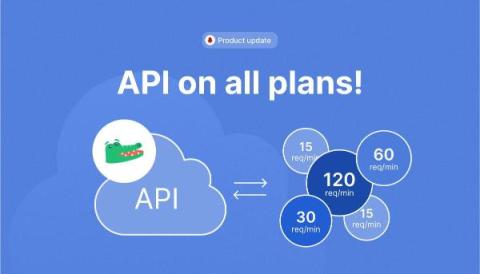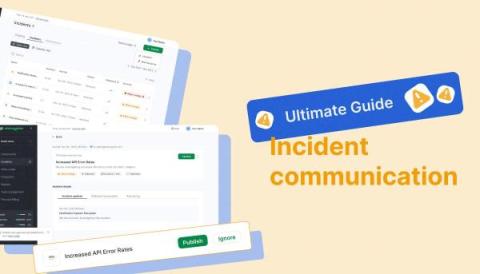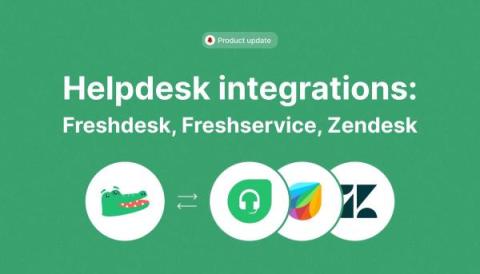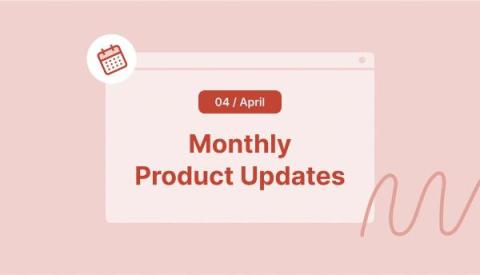Status data API: Now available to all!
We’ve just opened up the StatusGator API to all users on all plans — even the Free plan. Previously, our REST API was a feature only of our higher level plans. But we’ve opened up the API to all plans to allow more people to take advantage of our status data. The API limits vary by plan by are generous enough to employer real-time dashboards and other uses.






